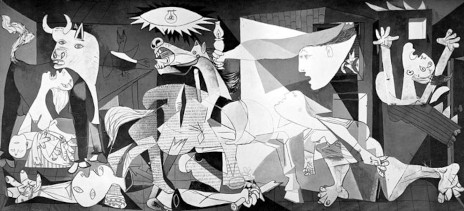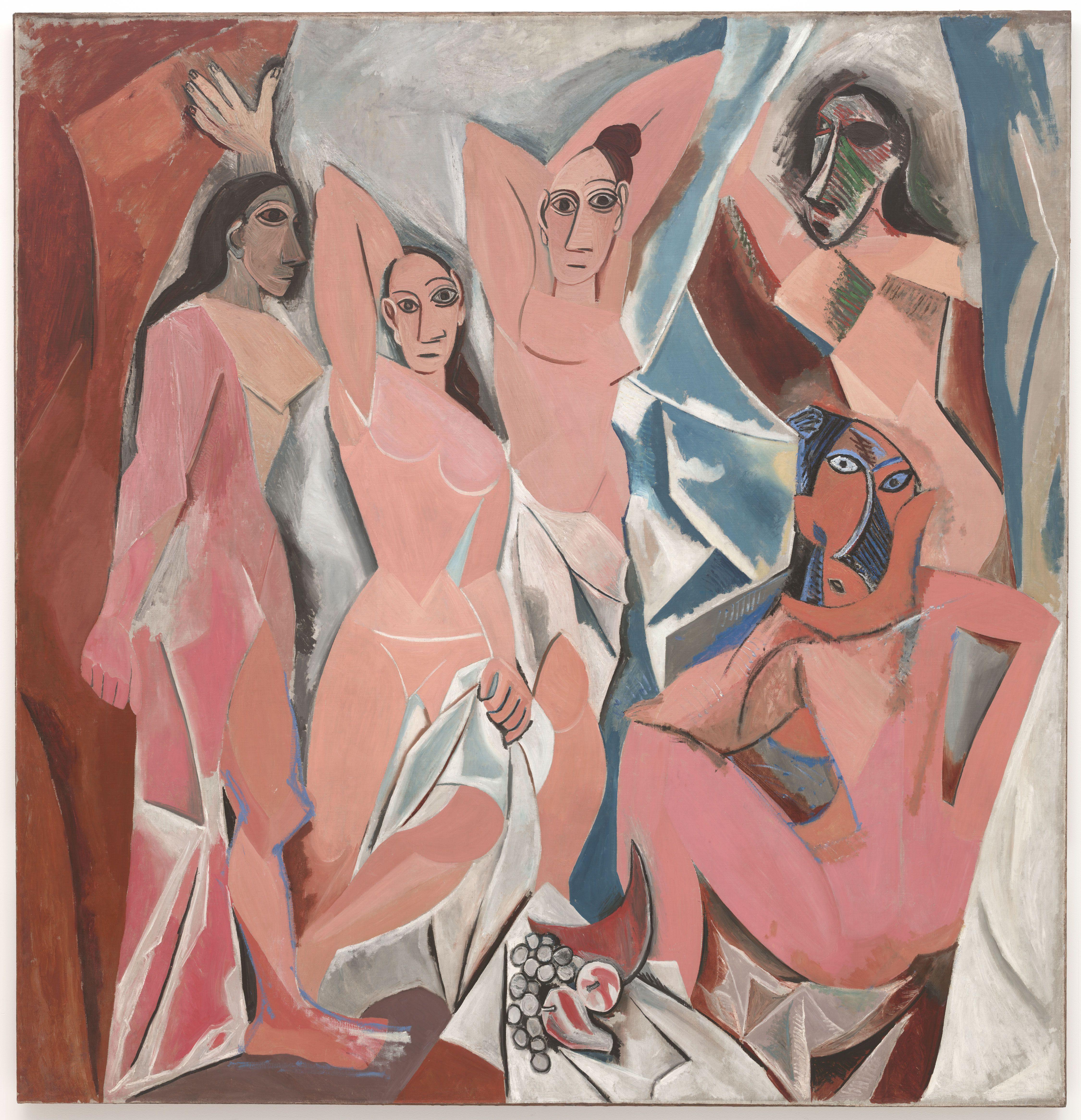Art movement:
Cubism
Chosen Theme:
Environmentalism
Introduction:
Environmentalism is known as advocacy of the preservation, restoration, or improvement of the natural environment. The reason I choose this theme is because no matter where we go or what we do, it always related with our surrounding or environment.
Problem Statement:
Problem towards environment always being addressed by government or NGO and etc but there is less changes done. For example, deforestation, air pollution, go green and others.
Purpose:
The main purpose of my artworks is to raise awareness towards these problems that happen around us everyday. My inspirations from my surrounding such as friends, magazines, newspaper and so on.
Research Question:
Go Green? Love Green?
The Green World
Buildings, factories, vehicles and houses that emphasized go green rather than just plant more trees. More towards green and blue color in order to express 'go green'.
Elements of Design Analysis
Line: Straight , horizontal, vertical & curvy line used.
Shape: Square, circle; Used of colors tone produce different shapes such as square, triangle and etc.
Value: Strong contrast between the red-orange heart with the green land.
Color: Hue / Bright and bold
Texture: Visual
Alignment & Proportion: Two D art
Eye movement: Yes
Principles of Design Analysis
Hierachy: Yes, focus on the heart in the middle of the globe then only spread to the others part
Balance: Yes, asymmetrical balaced
Repetition: Repetition of houses, trees, leaves, factories but in different sizes.
Scale: Is not that real, leaves tend to be bigger than the size of car.
Unity: Yes, sense of completion
The Tree House
The idea of tree house come from the primitive that built their house on the tree. The primitive are more close and love to be in the nature.
Elements of Design Analysis
Line: Straight, horizontal, vertical & curvy line used.
Shape: Square, rectangular, Circle & Triangle. Colors tone of the trunk has different shapes such as square, triangle and etc.
Value: Strong contrast between the brownish tree trunk and buildings that is slightly light color.
Color: Hue / Bright and bold
Texture: Visual
Alignment & Proportion: Two D art
Eye movement: Yes
Principles of Design Analysis
Hierachy: Emphasized on the big tree than only moving forward to the building.
Balance: Yes, asymmetrical balaced
Repetition: Yes,repetition of the building and the trees
Scale: Normal for the tree but the building seems a little smaller
Unity: Yes, sense of completion
Alice in the Timberland
Big city are protected under the gigantic trees. People are very close with nature.
The Bicycle
Cycle along is much more environmental friendly. The colorful path represents hope for us to survive.
The Garbage Collector
Stop producing rubbish towards the earth. Go Green Love Green.
The Hands
There is an earth on the hands represents the earth is on our hands, and need to work hard in order to protect it.
Elements of Design Analysis
Line: Straight & curvy line used
Shape: Cirlce; Colors in green has different shapes such as square, triangle and etc.
Value: Strong contrast between the light blue ocean and the green land.
Color: Hue / Bright and bold
Texture: Visual
Alignment & Proportion: Two D art
Eye movement: Yes
Principles of Design Analysis
Hierachy: Yes
Balance: Yes, asymmetrical balaced
Repetition: Yes,repetition of line
Scale: Hand size seems to be normal, but the globe size is smaller than the real one
Unity: Yes, sense of completion
The Finger Cutter
Deforestation is as pain as cutting your own finger. Think twice.
The Recycle City
The buildings are made of recycled stuff such as boxes, water bottle, cans and etc.
The Hope
A little small plant brings hope for everyone in order to have a better and clean future.
Plant & Water
Plant is as important as the water that we drink everyday.
The Leaves
The Brightness
The Rubbish Dump
The Nature View
Deforestation
Re-plant
















































.JPG)





